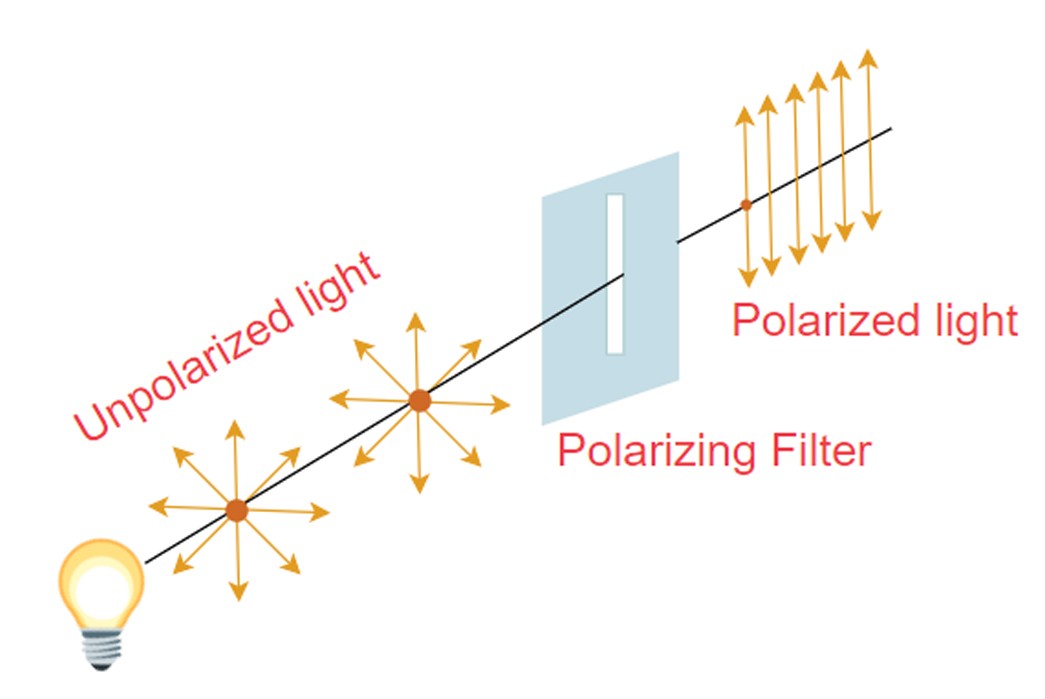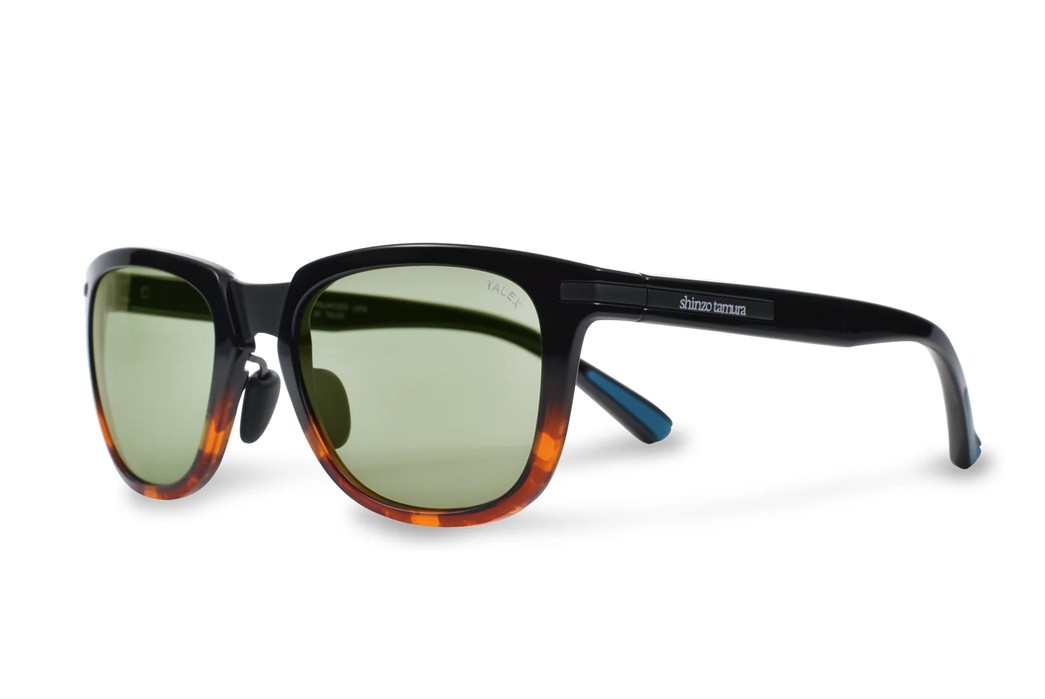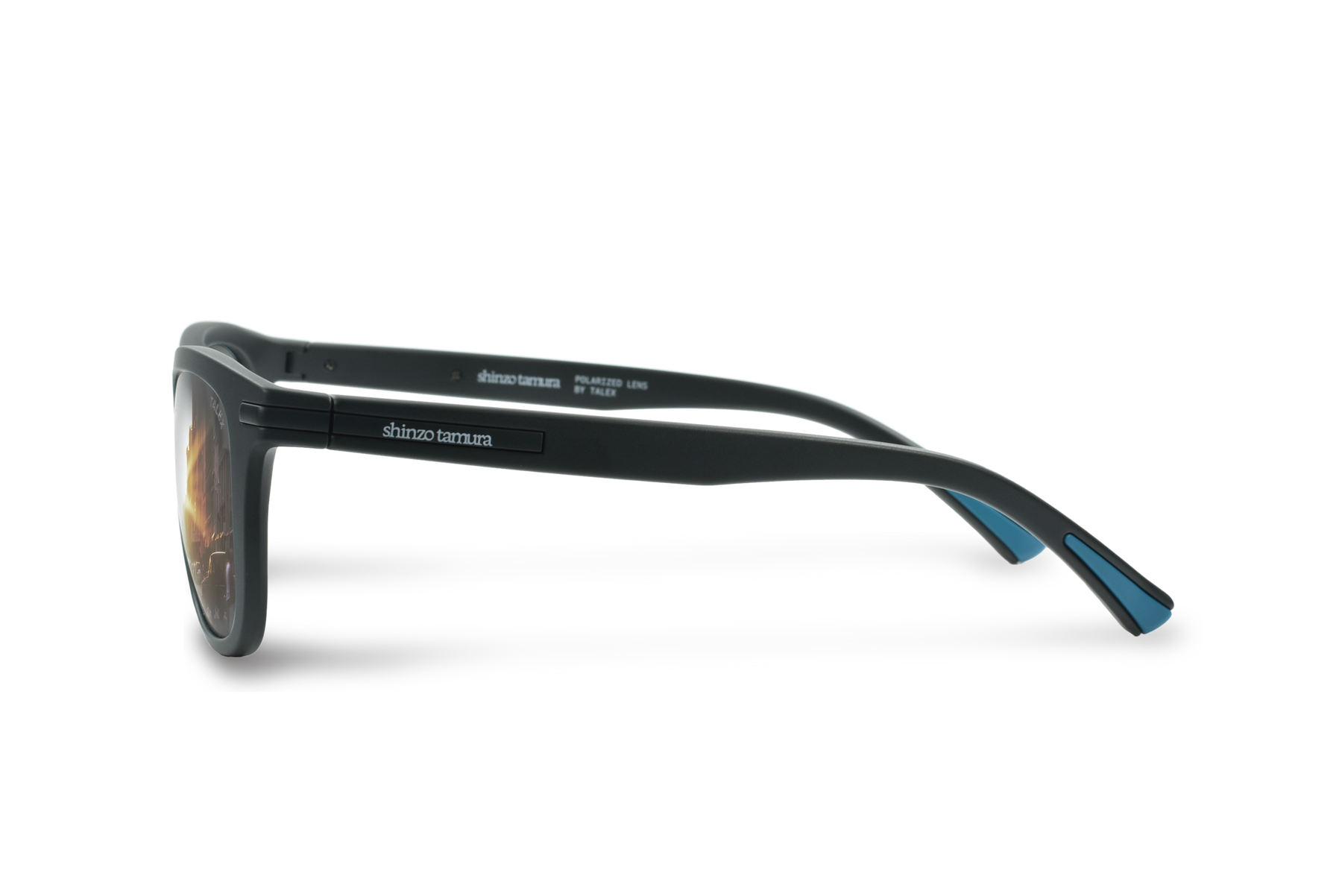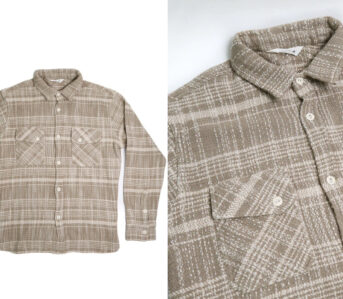
Have you ever been walking down the street, minding your own business, when the hood of a car catches the light at just the perfectly wrong angle and the glare blinds you with the power of a thousand suns? You could’ve used a pair of polarized sunglasses.
The polarization process has been around for less than a century but it has had a monumental impact on optics for pilots, fishers, 3D movie-goers, and probably even the screen you’re reading right now. We’re going to get into the details behind polarization and why you might want to consider a pair of polarized glasses for yourself.
What is Polarization?

Image via Geeks for Geeks.
Before we get too deep into the polarizing process we have to talk a little about light physics. When the sun shines or a lightbulb fires up, all the light rays scatter about in every direction and motion they can.
Most surfaces are uneven, so when the light rays hit them, they continue to keep flying in a bunch of random directions. But if they hit a uniform and even surface like the hood of that car, the surface of a lake, or the face of a prankster’s watch, all the rays line up and reflect back in one much stronger stream of light that we know of as glare.
To put it simply, polarized filters let light only pass through in a single direction. For sunglasses, this means a lot less glare and bright spots while still being able to see most everything as normal. This makes polarization an invaluable tool for anyone in environments where they can’t control the light.
The History of Polarization

Dr. Edwin Herbert Land, the inventor of polarized film. Image via International Photography Hall of Fame.
The ability to mass produce polarized material was discovered by prolific inventor and scientist Edwin Land.
The year was 1928, and Land was a 19-year-old Harvard dropout. He would sneak in after hours to the laboratories at Columbia University to do his own experiments on polarization. Instead of trying to cultivate a single large polarizing crystal, he found out he could grow millions of micron-sized crystals and align them on thin plastic celluloid film.
This polarized celluloid became the basis of Land’s new company, Polaroid, to commercialize his discovery (he would invent the instant camera few years later).
The first applications of the polarized celluloid were to fight glare, like sunglasses and train car windows, but it would later have dozens of uses like 3D movies, color animation, to control brightness on windows, and liquid crystal display (LCD) screens.
Japanese lensmaker TALEX produced the first fully balanced polarized lens in 1970, which didn’t sacrifice the natural colors, brightness, or contrast lost with previous polarized lenses.
The Pros and Cons of Going Polar

Shinzo Tamura polarized sunglasses.
Polarized sunglasses provide many benefits in terms of glare reduction, but you may have heard about a few downsides.
Polarized lenses used to cause difficulty viewing LCD screens and looking through tempered glass (like car windshields), but with newer cars and LCDs it’s virtually unnoticeable. The only real drawback is polarized lenses can slightly hinder depth perception and make ball sports more difficult, so be sure to take them off the next time you step up to the plate. They’re also usually more expensive than non-polarized options because they are more complicated to manufacture and require a sterile environment to produce.
The benefits of eliminating glare and harsh light take a lot more space to list: eye strain is drastically reduced over long periods of time, most everything appears sharper and clearer with greater contrast, and polarized sunglasses almost always have UV protection as well so there’s less worry about eye damage.
To name a few activity specific benefits: it’s easier to see fish while fishing because there’s no glare on the water, the terrain becomes easier to discern on mountain sports like climbing and skiing, and you don’t have to worry about being blinded by the hood of a car while walking down the street.
Polarized Sunglasses from Shinzo Tamura

Shinzo Tamura Joto Peridot polarized sunglasses, available for $275 at Shinzo Tamura.
Most reputable makers have a few polarized options, Japanese brand Shinzo Tamura is the in-house line for lens maker TALEX that only makes polarized lenses. They’ve developed their own process for polarizing lenses to blend the ideal combination of clarity, eye protection, and durability.
TALEX began crafting lenses in 1938 and only recently created Shinzo Tamura as the perfect sunglasses for their product. The frame fully adjustable for the ideal fit and won’t slip off your face. All pieces are made in Japan and ship directly from Osaka, where every lens and frame is made by their team.
TALEX’s process involves fusing a super sensitive iodine compound film between two super thin lenses, something still done by hand. This process ensures not only durable polarized lenses (as the polarization film is protected inside of the lens) but also guarantees visual clarity, minimizing any issues with depth perception. TALEX lenses are made with one continuous curvature which means no distortion for the viewer.

They also still make their lenses with the same balance of natural color, brightness, and contrast pioneered in 1970, which makes them ideal for relieving everyday eye strain or even the most extreme activities. A few years ago, TALEX outfitted a Japanese expedition to Mt. Everest with high altitude lenses, designed to increase contrast in the extremely bright and reflective Himalayas.
Shinzo Tamura has two lines. Ultralight, their active collection, which are (you guessed it) super light, durable, and easy to forget you’re wearing them at all. And Classic, that features iconic frame designs of the 1960s and 70s, but are still made of super light and strong nylon instead of the heavier and brittle cellulose acetate.

The Joto Onyx HD-M, complete with silver vacuum deposition mirror coating.
And if you want the most lens TALEX can produce, check out the Onyx HD, which are specifically designed for people with high light sensitivity and provide the highest quality polarized lens experience that TALEX can manufacture.





